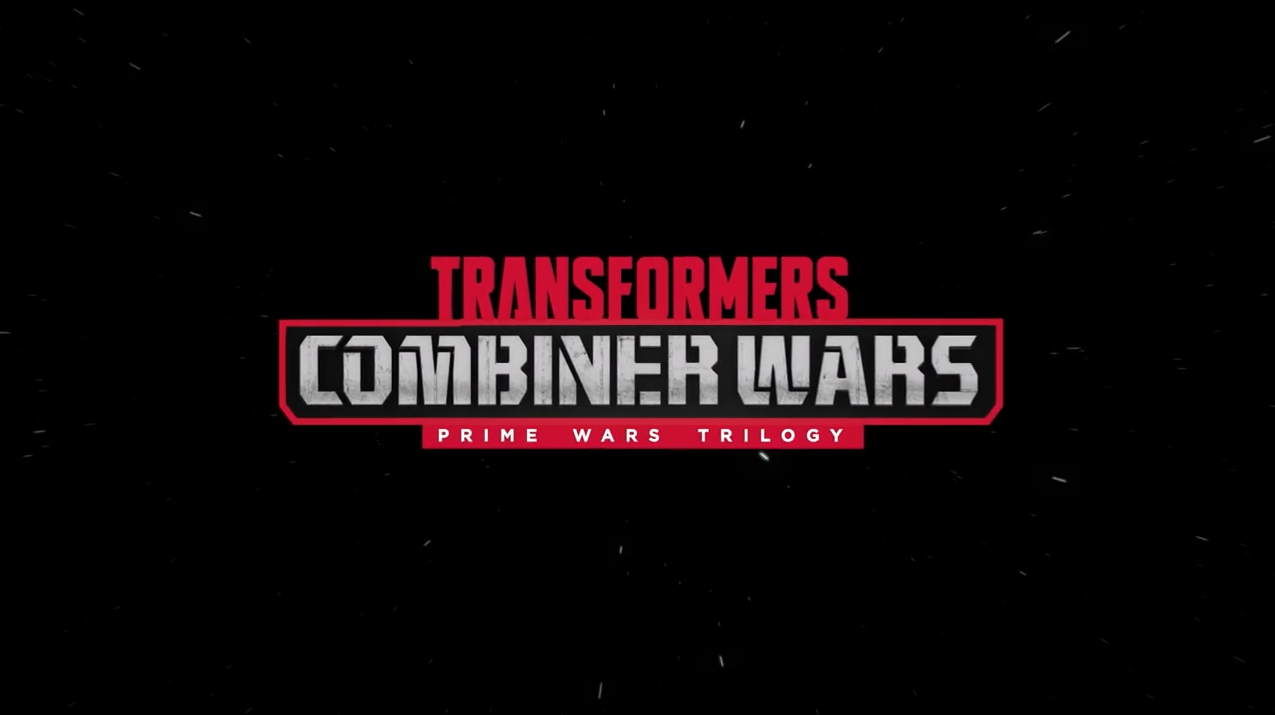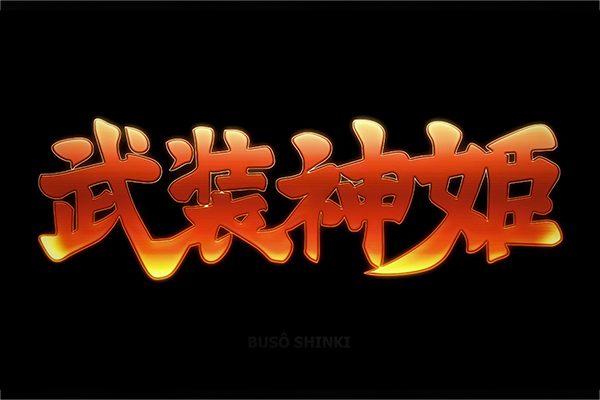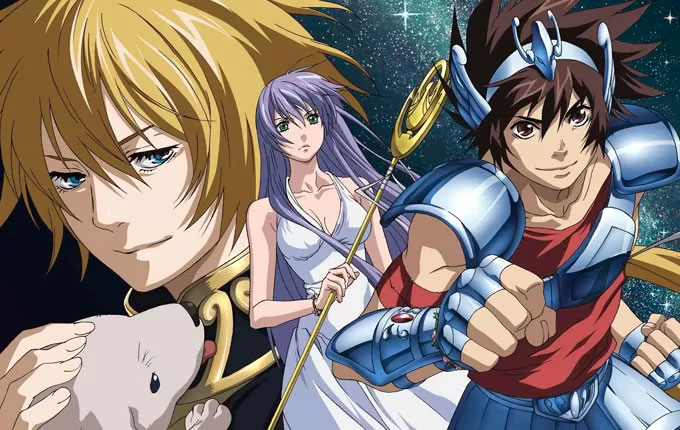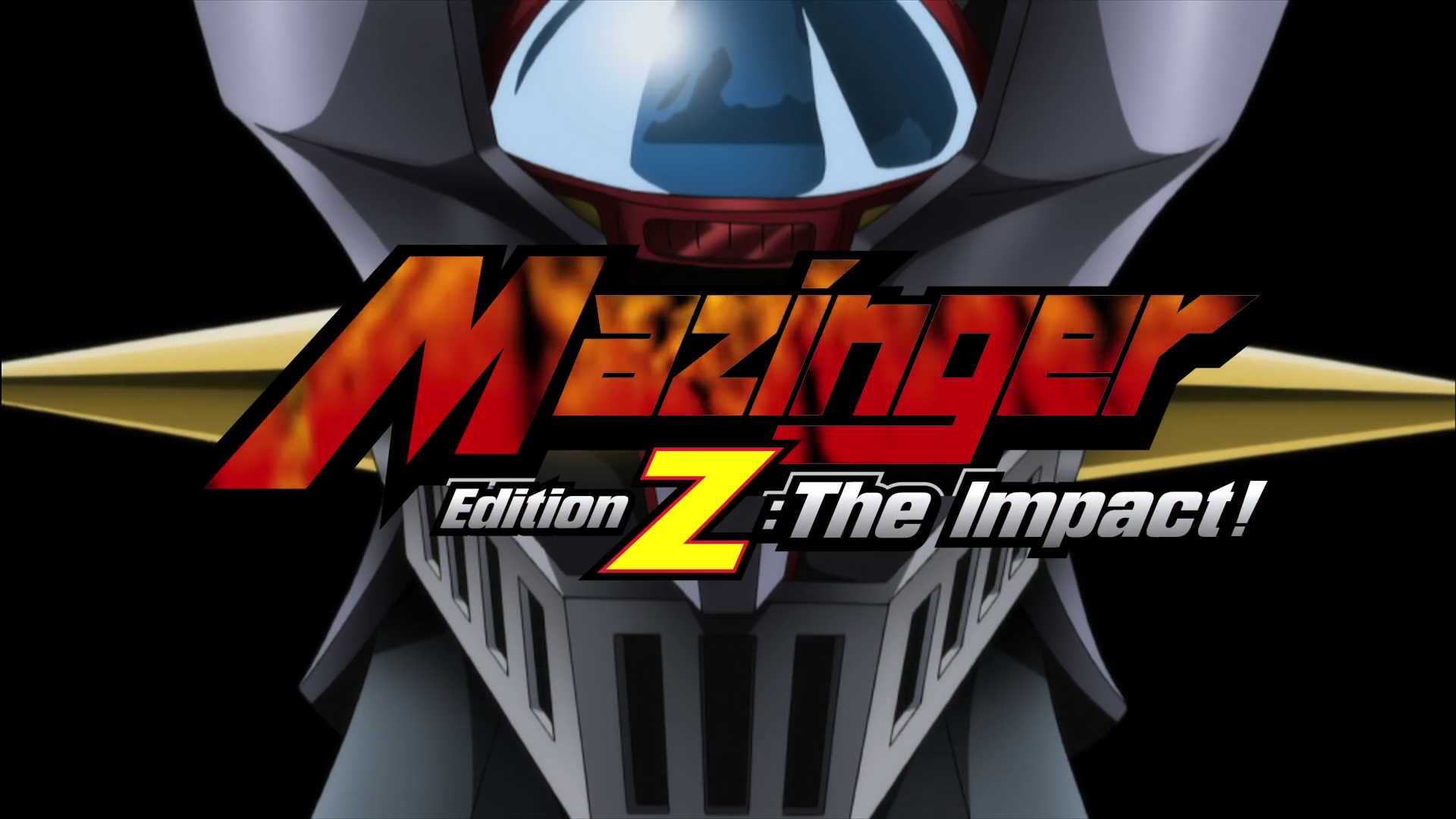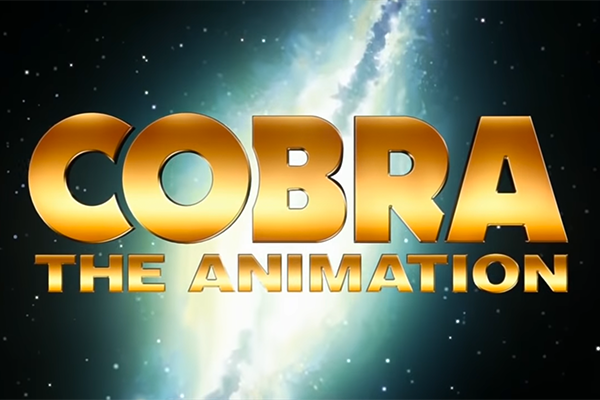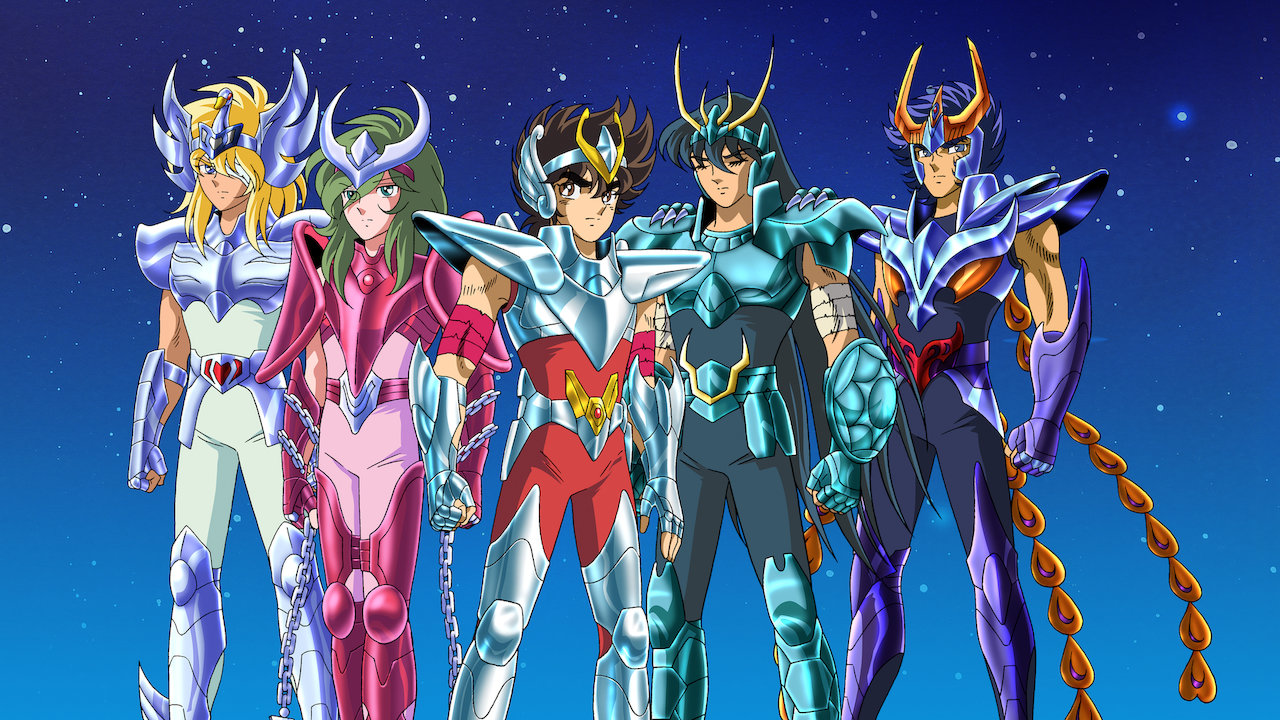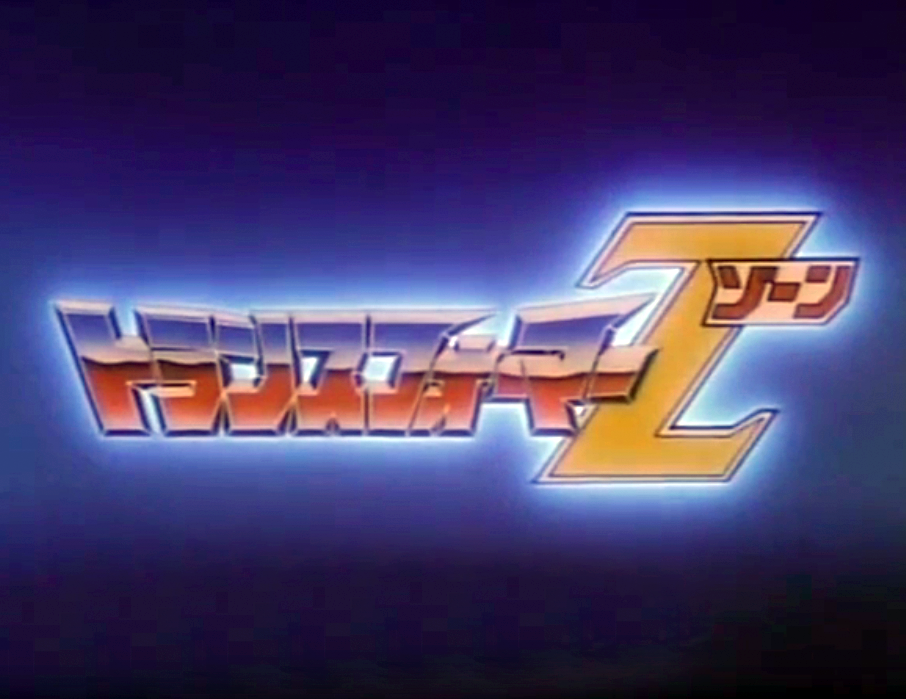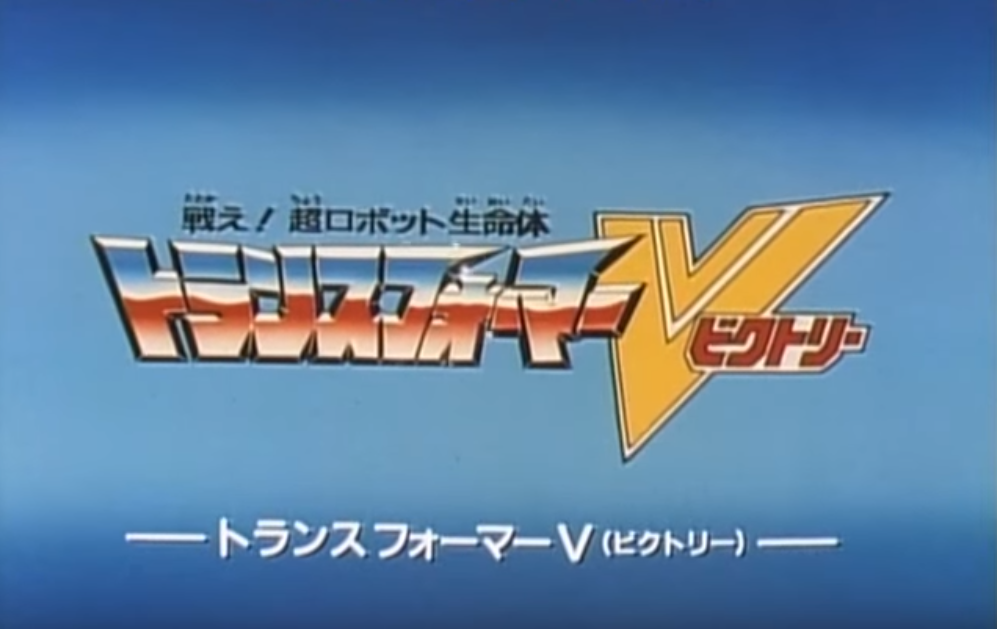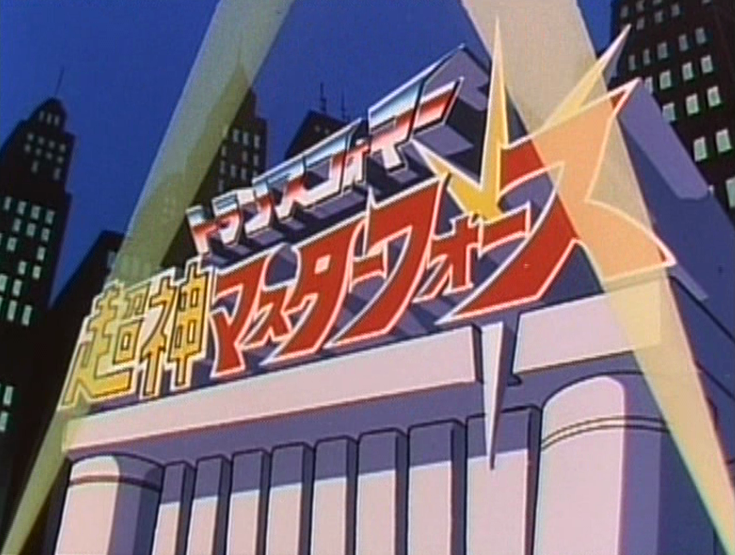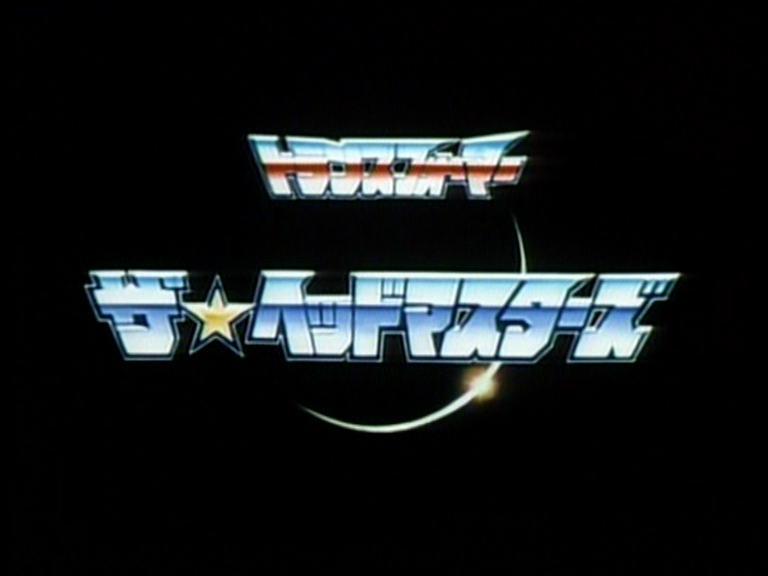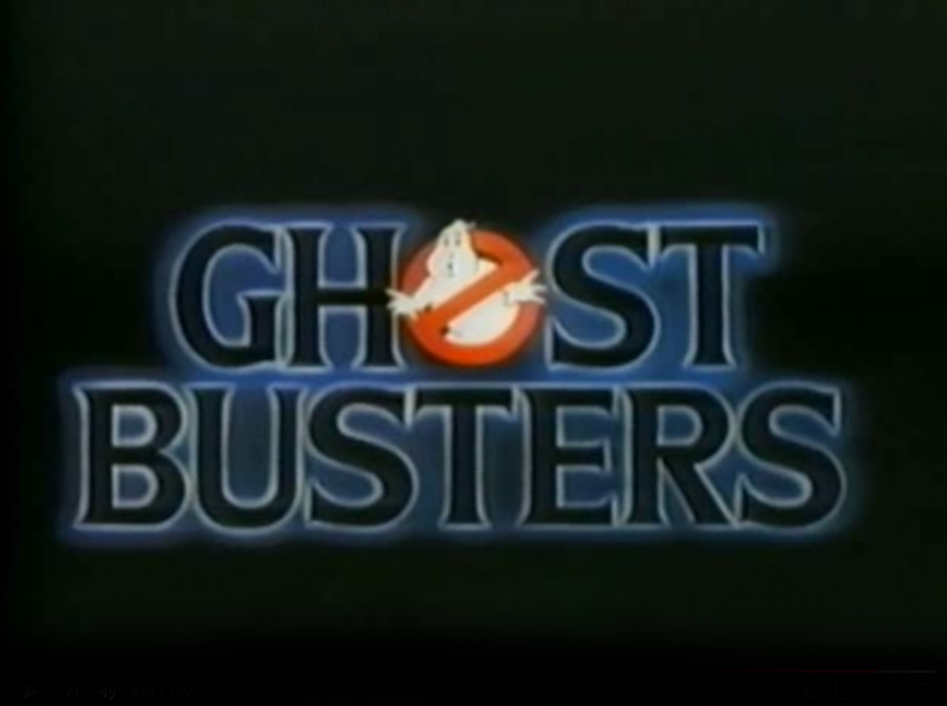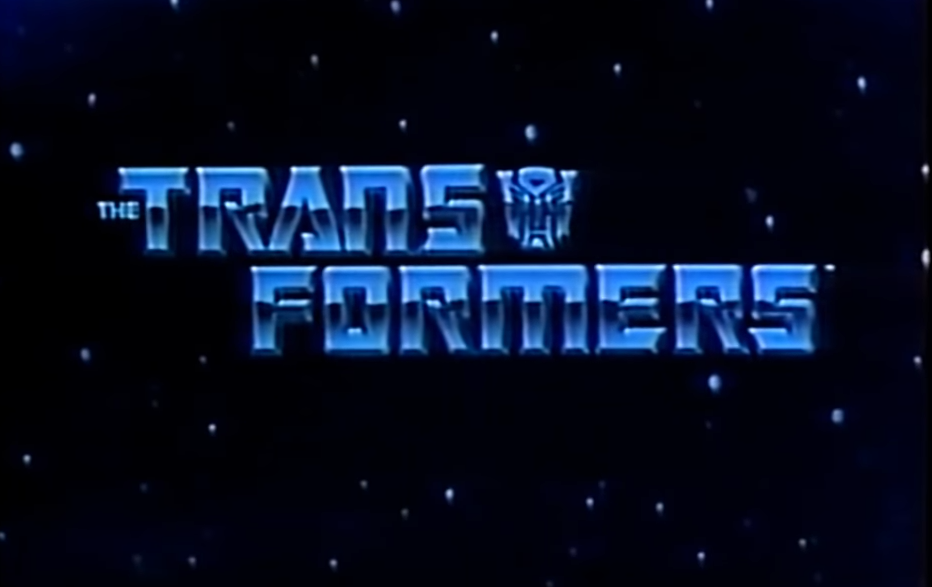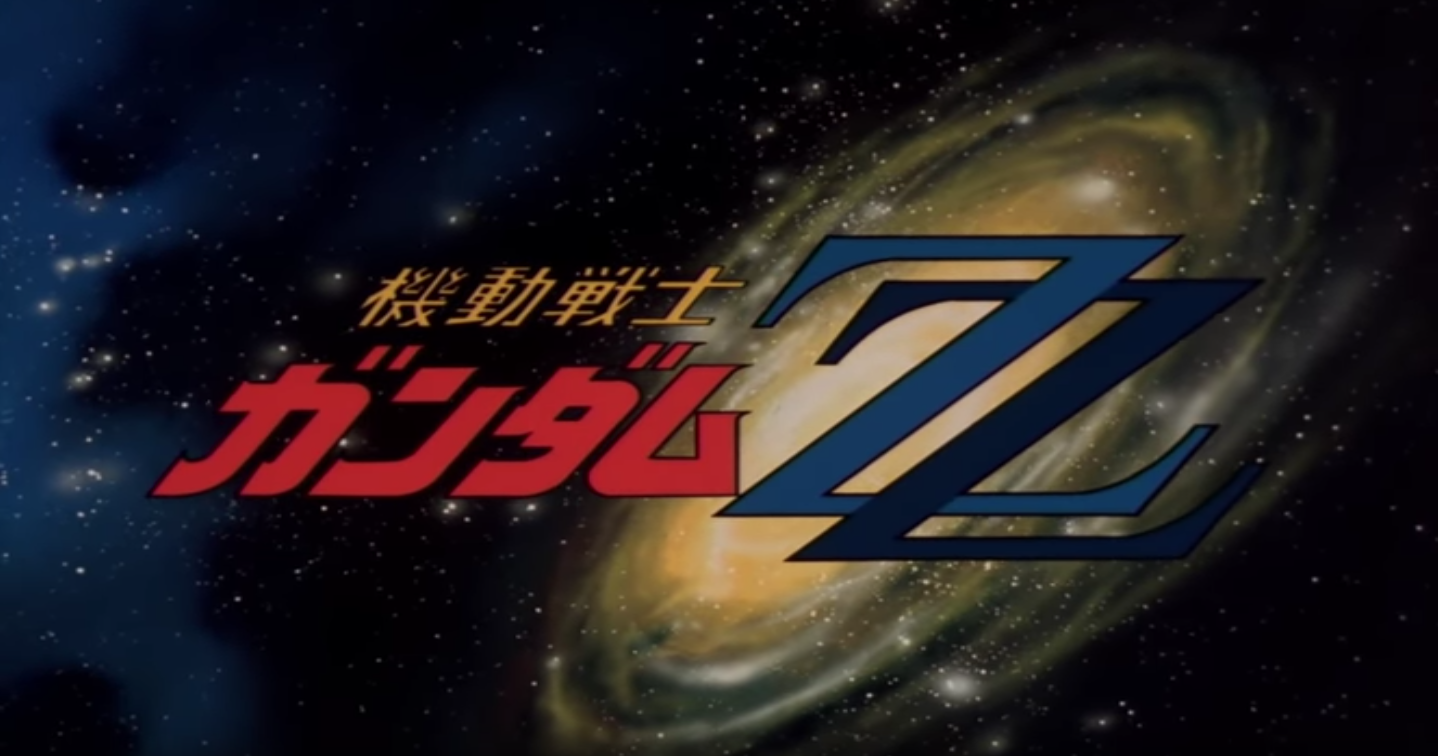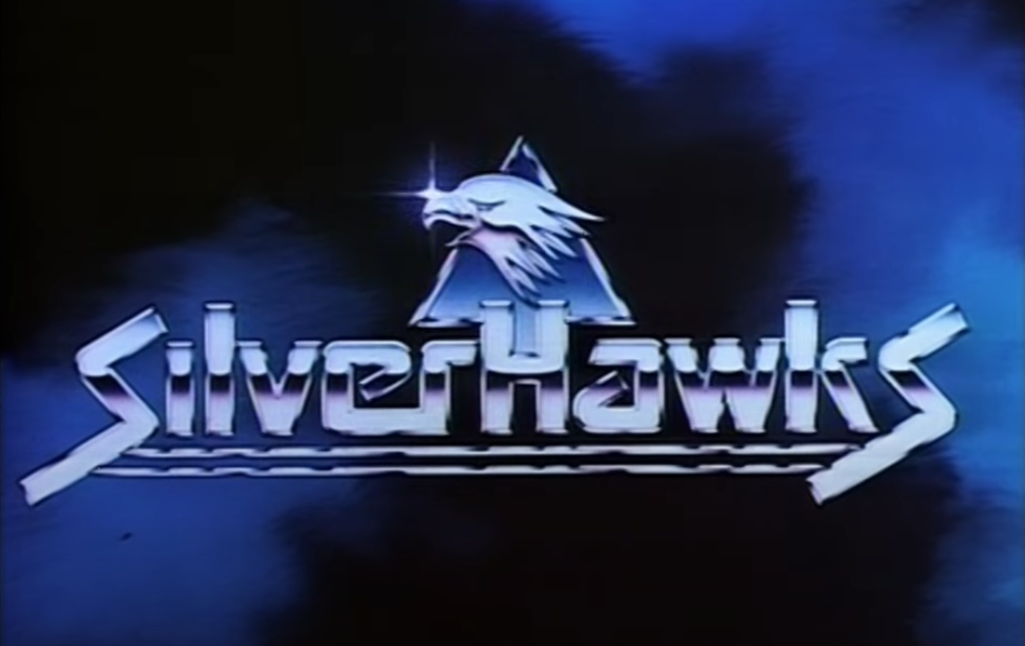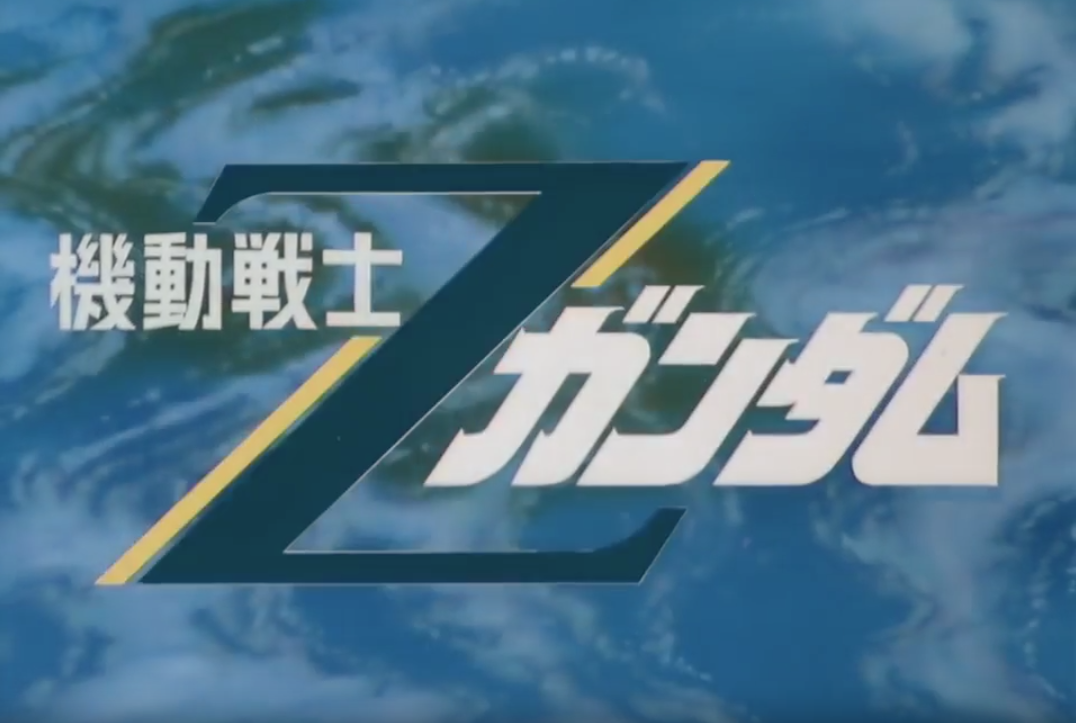Medicom • Mafex (2001 Space Odyssey)
Gentle Giant • Action figures
Glasslite • A-team Series
Mattel • Aaahh!!! Real Monsters Series
Playmates • Addams Family Series
DC Direct • Afro Samurai Series
Kaiyodo & Movic • Capsule Toys Series
McFarlane • 3D Animation from Japan Series
Medicom Toy • Akira's Project BM! Series
Medicom Toy • Akira's Real Action Heroes Series
Yamato • Polystone Akira Statues
Hot Toys • Alien's Movie Masterpiece Series
Kenner • Alien Resurrection Series
McFarlane Toys • Alien Series
Square Enix • Alien Play Arts Kai
Super7 • Alien ReAction series
1000Toys • Aposimz Series
Hot Toys • Movie Masterpiece Series (Appleseed)
Square Enix • Play Arts Kai (Appleseed)
TakaraTomy • Cool Girl Series
Wave • 1/10 Appleseed Series
Yamato • Appleseed Ex Machina Series
Yamato • Dvd Figure Series
Yujin • Active motion model
Arrow Emblem: Hawk of the Grand Prix
Popy • Popynica Series (Arrow Emblem)
Billiken Shokai • 15" Vinyl figure
Hot Toys • Movie Masterpiece Series (Bttf)
Super7 • ReAction Figures (BTTF)
Mondo • 1/6 Scale Batman Animated Series
Battlefield of The Space Saucers
Moebius Model • BattleStar Galactica Models KIts
Kenner • Beetlejuice series
Bemubemu Hunter Kotengu Tenmaru
Big Trouble In Little China
1000Toys • TOA Heavy Industries
Kondasha • Blame! 1/8 Series
Buck Rogers in the 25th Century
Popy • Captain Future releases
Ceji-Arbois • spaceships series
Furuta • 20th Century Cartoonist Collection
Konami • Leiji Matsumoto Roman Collection
Captain Power and the Soldiers of the Future
Mattel • Playsets & Accessories
Captain Scarlet and the Mysterons
Skynet/Aoshima • Captain Tsubasa Series
Bandaï • GT Series (THE Chogokin)
Bandaï • GX Series (Soul of chogokin)
GX • Soul of Chogokin • Accessories
GX • Soul of Chogokin • Limited/Special items
Bandaï • PX Series (Soul of Popynica)
Bandaï • PX Series (Soul of Popynica)
Chuck Norris - Karate Kommandos
Banpresto • Mini Action figures
Max Factory • Figma Series
Medicom Toy • Real Action Heroes
Hasbro • Conan the Adventurer Series
Hasbro • Conan the Adventurer • Action Figures
Hasbro • Conan the Adventurer • Vehicles
Toymax • Creepy Crawlers Series
Dancouga - Super Beast Machine God
Moby Dick • Capcom Queens
Dc Direct • Uni Formz Series
Kaiyodo • DC Revoltech Amazing Yamaguchi
Kenner • Super Powers • Action Figures
Kenner • Super Powers • Playsets
Kenner • Super Powers • Vehicles
Tyco • Double Dragon Vehicles
DWC/WCF • Dr Slump Memorial Parade Series
Bandai • Chara Puchi Series
Dragon Ball GT • Series 01
Dragon Ball Z • Series 01
Dragon Ball Z • Series 02
Dragon Ball Z • Series 03
Dragon Ball Z • Series 04
Dragon Ball Z • Series 05
Dragon Ball Z • Series 06
Dragon Ball Z • Series 07
Dragon Ball Z • Series 08
Bandai • Hybrid Action Series
Bandai • S.H. Figuarts Series
Bandai • Super Battle Collection
Bandai • Ultimate Figure Series
Banpresto • Dragon Ball Kai x One Piece DX
Banpresto • DWC/WCF World Collectable Figure Series
DWC/WCF • 30th Anniversary Series
DWC/WCF • Battle of Gods Series
DWC/WCF • Battle of Saiyans Series
DWC/WCF • Boss Frieza Series
DWC/WCF • Dragon Ball Heroes Series
DWC/WCF • Dragon Ball Kai Series
DWC/WCF • Dragon Ball Series
DWC/WCF • Dragon Ball Super Series
DWC/WCF • Dragon Ball Super Z Warriors Series
DWC/WCF • Dragon Ball Volume 0 Series
DWC/WCF • Dragon Ball Z Series
DWC/WCF • Episode of Boo Series
DWC/WCF • Frieza Special Series
DWC/WCF • Mega WCF Series
DWC/WCF • Memorial Parade Series
DWC/WCF • Prince Vegeta Series
DWC/WCF • Resurrection of F Series
DWC/WCF • Saiyans Bravery Series
DWC/WCF • Super Saiyans Series
DWC/WCF • Treasure Rally Series
Banpresto • DX Assemblage Figure Series • Dragon Ball Z x One Piece
Banpresto • DX Pichi Pichi Gal figure series
Banpresto • Freeza Force Series
Banpresto • High Quality DX Figure Series
Dragon Ball Kai • Movie Series
Banpresto • HighSpec Coloring Figure Series
Banpresto • Scultures BIG Series
Banpresto • Sectional DX Vinyl Figure Series
Banpresto • Super Effect Action Pose Figure Series
Medicom • Real Action Heroes Series
Medicom • Vinyl Collectible Doll Series
Medicos • Chozo Art Collection
Megahouse • Charavignette Series
E.T. the Extra-Terrestrial
Playmates • Earthworm Jim Series
Super7 • Reaction Series (Evil Dead)
Toybiz • FF Classics Series
Toybiz • FF Series • Action Figures (10")
Toybiz • FF Series • Action Figures (5")
Toybiz • FF Series • Duo Packs
Toybiz • FF Series • Playset & Vehicles
Fat Albert and the Cosby Kids
Future Policeman Urashiman
Furuta • 20th Century Cartoonist Collection
Konami • Leiji Matsumoto Roman Collection
ArtStrom • Es Gokin (Getter Robo)
Bandaï • GT Series (Getter Robo)
Bandaï • Soul of Chogokin (Getter Robo)
Popy • Chogokin & Popynika (Getter Robo)
Kenner • The Real Ghostbusters Series
Kenner • The Real Ghostbusters • Action figures
Kenner • The Real Ghostbusters • Misc
Kenner • The Real Ghostbusters • Vehicules
Bandaï • Super Go Bots / Robo Machine
Tonka • Go-Bots • Series 1
Golden Warrior Gold Lightan
GoLion (Beast King GoLion)
Medicom • Ultra Detail Figure Series (Gremlins)
Super7 • ReAction series (Gremlins)
Bandaï • Chogokin Series (Gundam)
Bandaï • Hi-Resolution Model
Bandaï • High Grade Universal Century
Master Grade • Ver Ka Extreme
Bandaï • Mobile Suit in Action!!
Mobile Suit in Action!! • Line Up
Mobile Suit in Action!! • Special Editions
Mobile Suit in Action!! • Specials
Mobile Suit in Action!! • US Only Releases
Perfect Grade • Accessories
Perfect Grade • Exclusives
Perfect Grade • Regular kits
Perfect Grade • Special Editions
Bandaï • Reborn-One Hundred
Bandaï • Robot Damashii (Robot Spirits)
Gunnm - Battle Angel Alita
Mezco Toyz • Hellboy Comic Series
Super7 • Hellboy ReAction series
kaiyodo • 199X Violence Action Figures
kaiyodo • 200X Violence Action Figures
kaiyodo • Big Scale Real Figure
kaiyodo • Revoltech Revolution Series
Legacy of Revoltech Series
Medicom Toy • Real Action Heroes
Sega • Sega & Coamix Series
Super7 • Iron Maiden ReAction series
Medicom • Mafex (Iron Man)
Toybiz • Iron Man 10″ Series
Toybiz • Iron Man 5″ Series
Medicom • Mafex Series (John Wick)
Kaibutsu-kun (The Monster Kid)
Kamen Rider 555 (Masked Raida faiz)
Bandaï • Chogokin Series (kamen Rider)
Bandaï • S.H Figuarts (Kamen Rider)
MedicomToy • Project BM! (Kamen Rider)
Popy • Chogokin & Popinika (Kamen Rider)
Laserion (Video Warrior Laserion)
Lightspeed Electroid Albegas
Liveman (Choujuu Sentai Liveman)
moebius models • Lost In SPace SF Model Kits
Kenner • M.A.S.K 1st Series
Kenner • M.A.S.K 2nd Series
Kenner • M.A.S.K 3rd Series "Racing Series"
Kenner • M.A.S.K 4th Series "Split Seconds"
Kenner • M.A.S.K Adventure Packs
Kenner • M.A.S.K Duo Figure Packs
Mach GoGoGo (Speed Racer)
Machine Robo Revenge of Cronos
Super7 • Robotech Reaction Figures
Moebius Models • Mars Attacks SF Model Kits
Bandaï • S.H Figuarts (Marvel)
Diamond Select • Marvel Select
Hasbro • Marvel Legends #01 • Annihilus (Baf)
Hasbro • Marvel Legends #02 • Blob (Baf)
Hasbro • Marvel Legends #03 • Brood Queen (Baf)
Hasbro • Marvel Legends #04 • Ronan the Accuser (Baf)
Hasbro • Marvel Legends #05 • Sandman (BAF)
Hasbro • Marvel Legends #06 • Fin Fang Foom (BAF)
Hasbro • Marvel Legends #07 • Terrax (BAF)
Hasbro • Marvel Legends #08 • Arnim Zola (BAF)
Hasbro • Marvel Legends #09 • Iron Monger (BAF)
Hasbro • Marvel Legends #10 • Hit-Monkey (BAF)
Hasbro • Marvel Legends #11 • Rocket Raccoon (Baf)
Hasbro • Marvel Legends #12 • Mandroid (Baf)
Hasbro • Marvel Legends #13 • Ultimate Green Goblin (Baf)
Hasbro • Marvel Legends #14 • Groot (MCU) (Baf)
Hasbro • Marvel Legends #15 • Odin/King Thor (Allfather) (Baf)
Hasbro • Marvel Legends #16 • Hobgoblin (Phil Urich)(Baf)
Hasbro • Marvel Legends #17 • Thanos (Baf)
Hasbro • Marvel Legends #18 • Hulkbuster (Baf)
Hasbro • Marvel Legends #19 • Ultron Prime (Baf)
Hasbro • Marvel Legends #20 • Rhino (Baf)
Hasbro • Marvel Legends #21 • Absorbing Man (Baf)
Hasbro • Marvel Legends #22 • Red Onslaught (Baf)
Hasbro • Marvel Legends #23 • Giant-Man (Baf)
Hasbro • Marvel Legends #24 • Space Knight Venom (Baf)
Hasbro • Marvel Legends #25 • Abomination (Baf)
Hasbro • Marvel Legends #26 • Juggernaut (Baf)
Hasbro • Marvel Legends #27 • Juggernaut (Baf)
Hasbro • Marvel Legends #28 • Dormammu (Baf)
Hasbro • Marvel Legends #29 • Sandman (Baf)
Hasbro • Marvel Legends #30 • Titus (Baf)
Hasbro • Marvel Legends #31 • Warlock (Baf)
Hasbro • Marvel Legends #32 • Vulture (MCU) (Baf)
Hasbro • Marvel Legends #33 • Mantis (MCU) (Baf)
Hasbro • Marvel Legends #34 • Man-Thing (Baf)
Hasbro • Marvel Legends #35 • Gladiator Hulk (MCU) (Baf)
Hasbro • Marvel Legends #36 • Okoye (MCU) (Baf)
Hasbro • Marvel Legends #37 • Lizard (Baf)
Hasbro • Marvel Legends #38 • Thanos (MCU) (Baf)
Hasbro • Marvel Legends #39 • Sasquatch (Baf)
Hasbro • Marvel Legends #40 • Cull Obsidian (MCU) (Baf)
Hasbro • Marvel Legends #41 • Apocalypse (Baf)
Hasbro • Marvel Legends #42 • SP//dr (Baf)
Hasbro • Marvel Legends #43 • Monster Venom (Baf)
Hasbro • Marvel Legends #44 • Sauron (Baf)
Hasbro • Marvel Legends #45 • M'Baku (MCU) (Baf)
Hasbro • Marvel Legends #46 • Kree Sentry (Baf)
Hasbro • Marvel Legends #47 • Kingpin (Baf)
Hasbro • Marvel Legends #48 • Armored Thanos (MCU) (Baf)
Hasbro • Marvel Legends #49 • Caliban (Baf)
Hasbro • Marvel Legends #50 • Professor Hulk (MCU) (Baf)
Hasbro • Marvel Legends #51 • Molten Man (MCU) (Baf)
Hasbro • Marvel Legends #52 • Wendigo (Baf)
Hasbro • Marvel Legends #53 • Fat Thor (MCU) (Baf)
Hasbro • Marvel Legends #54 • Super-Skrull (Baf)
Hasbro • Marvel Legends • 2 Packs
Hasbro • Marvel Legends • 80th Anniversary
Hasbro • Marvel Legends • Box Sets
Hasbro • Marvel Legends • Deluxe vehicles
Hasbro • Marvel Legends • Epic Heroes
Hasbro • Marvel Legends • Marvel Studios: The First Ten Years
Hasbro • Marvel Retro 3.75" Collection
Hot Toys • Movie Masterpiece
Kaiyodo • Revoltech Amazing Yamaguchi
Mattel • Secret Wars Series
Marvel Secret Wars • Series 1
Marvel Secret Wars • Series 2
Medicom Toy • Mafex (Marvel)
Medicom Toy • Real Action Heroes
Toybiz • Legends Series 01
Toybiz • Legends Series 02
Toybiz • Legends Series 03
Toybiz • Legends Series 04
Toybiz • Legends Series 05
Toybiz • Legends Series 06
Toybiz • Legends Series 07
Toybiz • Legends Series 08
Toybiz • Legends Series 09 (Galactus BAF)
Toybiz • Legends Series 10 (Sentinel BAF)
Toybiz • Legends Series 11 (Legendary Riders)
Toybiz • Legends Series 12 (Apocalypse BAF)
Toybiz • Legends Series 13 (Onslaught BAF)
Toybiz • Legends Series 14 (Mojo BAF)
Toybiz • Legends Series 15 (Modok BAF)
Toybiz • Marvel Super Heroes
Marvel Super Heroes • Action figures
Marvel Super Heroes • Vehicles & Accessories
Mattel • Original Series • Action Figures
Mattel • Original Series • Creatures
Mattel • Original Series • Energy Zoids
Mattel • Original Series • Giants
Mattel • Original Series • Misc
Mattel • Original Series • Playsets
Mattel • Original Series • Vehicles
Mattel • Original Series • Wave 07
Mondo • 1/6 Scale He-Man Series
Super7 • Classics/Club Grayskull Series
Super7 • Motu ReAction series
Mattel • Original Series • Meteorbs
Bandaï • Soul Of Chogokin (Mazinger Z)
Bandaï • The Chogokin (Mazinger Z)
Popy • Chogokin/Popynika (Mazinger Z)
MegaBeast Investigator Juspion
Message from Space: Galactic Wars
Master Made • SDMB Series
Kaiyodo • Figure Complex Amazing Yamaguchi Series (Mha)
Nadia of the Mysterious Seas
Medicom • Mafex Series (Evangelion)
Sega • Seat Of The Soul Series
Once Upon a Time... Space
Bandaï • S.H.Figuarts (One Piece)
Banpresto • One Piece x Dragon Ball Kai DX
Paul's Miraculous Adventure
Mego • Planet of the Apes Series
Mego • Planet of the Apes Series • Accessories
Mego • Planet of the Apes Series • Action figures
Super7 • Planet of the Apes Reaction Series
Kenner • Police Academy • Action figures
Kenner • Police Academy • Vehicules & Playsets
Kenner • Predator • Action Figures
Kenner • Predator • Vehicles, Accessories...
Furuta • 20th Century Cartoonist Collection
Jesnet • Queen Emeraldas Action Figure Collection
Konami • Leiji Matsumoto Roman Collection
Moby Dick • Capcom Queens
Kenner • Robocop and the Ultra Police
Medicom • Mafex Series (Robocop)
Super7 • Reaction Series (Robocop)
Bandaï • D.D. Panoramation
Bandaï • Myth Cloth EX Series
Bandaï • Myth Cloth Ex • Line-Up
Bandaï • Myth Cloth Ex • Original Color Editions
Bandaï • Myth Cloth Series
Bandaï • Saint Cloth imperial grade (Saint Cross Crown)
Bandaï • Saint Cloth Legend Series
Bandaï • Saint Cloth Myth Appendix
Bandaï • Saint Cloth Myth Appendix Object Series
Bandaï • Saint Cloth Myth Appendix OCE Series
Bandaï • Saint Cloth Myth Appendix Series
Bandaï • Saint Cloth Series
Saint Seiya • Vintage Cloth • 1st Generation
Saint Seiya • Vintage Cloth • 2nd Generation
Saint Seiya • Vintage Cloth • Mail-in Premium
Bandaï • SF Spiral Zone (Saint Seiya)
Bandaï • SH Figuarts (Saint Seiya)
Medicos Ent • Super Figure Art Collection (Saint Seiya)
Samurai Sentai Shinkenger
Science Ninja Team Gatchaman
Popy • Chogokin & Popinica
Kenner • Silverhawks • Action figures
Kenner • Silverhawks • Vehicles
Ramen Toys • Silverhawks 1/12 Series
Six God Combination God Mars
Bandaï • Yamato Mechanism Collection
Bandaï • Space Sheriff Gavan S.H. Figuarts
Banpresto • Space Sheriff Action Figure Col. (Gavan)
Popy • Chogokin & Popinika (Gavan)
Banpresto • Space Sheriff Action Figure Col. (Shaider)
Popy • Chogokin Popinika (Shaider)
Banpresto • Space Sheriff Action Figure Col. (Sharivan)
McFarlane Toys • Spawn Reborn Series
McFarlane Toys • Spawn Series
Special Armored Battalion Dorvack
Diamond Select • Marvel Select (Spider Man)
Hasbro • Marvel Legends (Spider-Man)
Hasbro • Marvel Retro (Spiderman)
Medicom Toy • Mafex (Spider Man)
Toybiz • Spider-Man Classics series
Toybiz • Spider-man TAS • Action Figures
Toybiz • Spider-man TAS • Vehicles & Playsets
Tonka • Spiral Zone • Action figures
Tonka • Spiral Zone • Vehicles
Tonka • Spiral Zone • Weapons & Accessories
Kenner • Star Wars • Action Figures
Kenner • Star Wars • Action Figures 12"
Kenner • Star Wars • Creatures
Kenner • Star Wars • Playsets
Kenner • Star Wars • Vehicles
Kenner • Star Wars • Vehicles (Die Cast)
Kenner • Star Wars Power of the Force
Power of the Force • Action Figures
Kenner • Star Wars Return of the Jedi
Return of the Jedi • Action Figures
Kenner • Star Wars The Empire Strikes Back
The Empire Strikes Back • Action Figures
Medicom • Mafex (Star Wars)
Medicom • Mini VCD (Star Wars)
Moby Dick • Capcom Queens
Sota • 15th Anniversary series
Medicom • Mafex (Superman)
Kenner • Swamp Thing Series
Tales from the Cryptkeeper
Teenage Muntant Ninja Turtles
Playmates • Classic Collection
Playmates • Tmnt Series • Action Figures
Playmates • Tmnt Series • Playsets, Vehicles & Accessories
Super7 • Reaction Series (TMNT)
Kenner • Terminator 2 • 3D Series
Kenner • Terminator 2 • Future War Series
Kenner • Terminator 2 Series
Kenner • Terminator 2 • 1st Wave
Kenner • Terminator 2 • Vehicles, Playsets & Accessories
Kenner • Mask From Zero to Hero Series
The Mysterious Cities of Gold
Asian Alternative • TMCOG Series
Blind Box - 25th Anniversary
Blind Box - Tree House of Horror
Playmates • Simpsons • All-Star Voices Series
Playmates • Simpsons • Basic Series
Playmates • Simpsons • Exclusives
Playmates • Simpsons • Interactive Playsets
Playmates • Simpsons • Vehicles
Super7 • Reaction series (They Live)
LJN • Thundercats • Action FIgures
LJN • Thundercats • Playsets
LJN • Thundercats • Vehicles
Super7 • Reaction Series (Thundercats)
Super7 • Ultimates Series
Bandaï • SH Figuarts (To Love Ru)
Tokumei Sentai Go-Busters
Tokusou Sentai Dekaranger
Hasbro • Robots in Disguise
Hasbro • Robots in Disguise Warrior Class
Hasbro • Robots in Disguise Warrior Class • Wave 7
Kaiyodo • Figure Complex Amazing Yamaguchi (transformers)
Super7 • Reaction Series (Transformers)
Takara • Beast Wars: Super Lifeform Transformers
Takara • Car Robots (Robots in Disguise)
Takara • G1 • Basic Series
Takara • G1 • Masterforce
Takara • G1 • Operation Combination
Takara • G1 • Return of Convoy
Takara • G1 • The Headmasters
Masterpiece • Movie Series
Masterpiece • Special editions
Masterpiece • Standard editions
Third Party • Badcube • Old TImer Series
Third Party • DX9 • D Series
Third Party • Fanstoys Series
Third Party • Iron Factory • EX Series
Third Party • Maketoys • MTRM Series
Third Party • Master Made
Third Party • MegaSteel • MS Series
Third Party • Warbotron • WB Series
Bandaï • Model Kits (Grendizer)
Bandai • Soul Of Chogokin (Grendizer)
HLPro • Metaltech Series (Grendizer)
HlPro • Vinyl Figure Collection (Grendizer)
Popy • Chogokin & Popynica (Grendizer)
Ultraman Jack (The Return of Ultraman)
Unofficial Sentai Akibaranger
Visionaries: Knights of the Magical Light
Hasbro • Visionnaries • Action Figures
Hasbro • Visionnaries • Vehicles
Wakusei Robo Danguard Ace
Hasbro • Marvel Retro (X-Men)
Medicom • Mafex Series (X-Men)
Toybiz • X-Men • Action Figures (Cards v1)
Toybiz • X-Men • Action Figures (Cards v2)
Toybiz • X-Men • Playsets & Vehicules
Toybiz • X-Men 2099 Series
Toybiz • X-Men Age of Apocalypse
Toybiz • X-Men Monster Armor Series
Toybiz • X-Men Mutant Monsters
Toybiz • X-Men Ninja Force
Toybiz • X-Men Onslaught Series
Toybiz • X-Men Phoenix Saga
Toybiz • X-Men X-Force Series
Zaborger (Denjin Zaborger)


